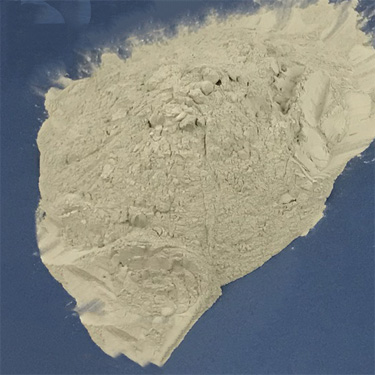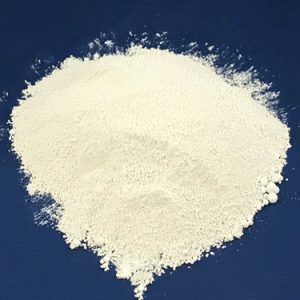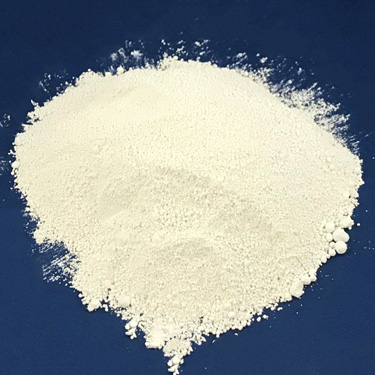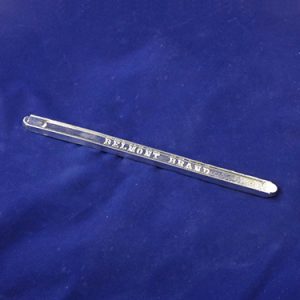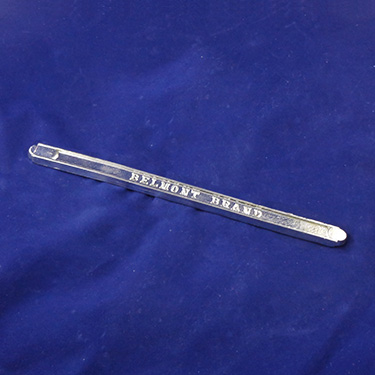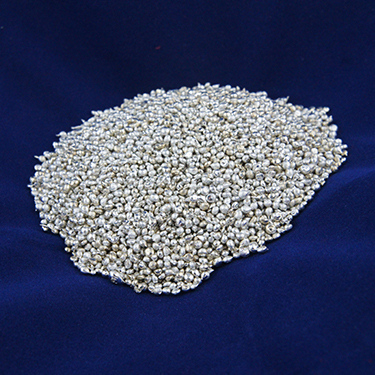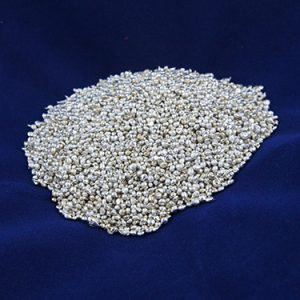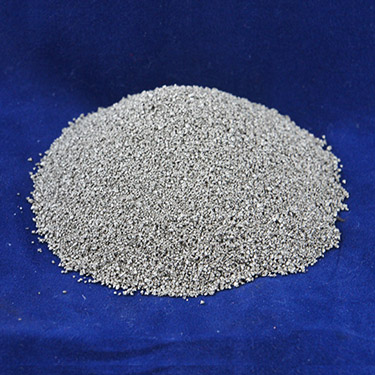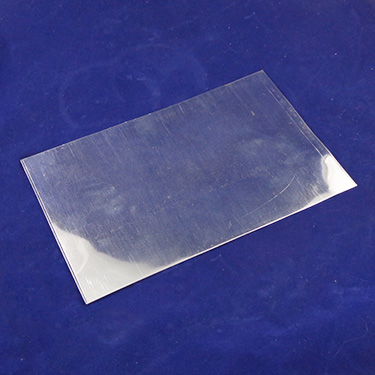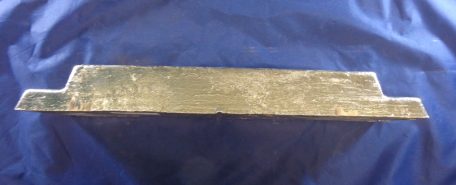Many metals are used in their pure powder form in the manufacturing of various products. There are many grades of iron powder, as they are categorized based on their purity, grain size, density, and the manufacturing method. So the iron powder will be modified to fit into the application. Iron Powder Properties Iron powder is…
RELATED POSTS

Silicon Powder Applications and Uses
Many manufacturers require pure metals in a range of different shapes to add as additives when making products. These metals provide different properties to the products, such as hardening metals, providing corrosion resistance, or reduces oxidation. Silicon is one metal found in a wide range of industries due to its versatility and cost-effectiveness. Pure silicon…

Manufacturing Benefits of Pure Tin in Shot & Granular Form
When evaluating metals used to strengthen other alloys and to provide unique mechanical and physical properties, tin in higher purities is one metal that manufacturers take a close look at. Tin is an abundant metal as it is used in a number of manufacturing purposes and industries. This metal is often used as an outer…

Different Grades of Tin
Tin is used through the world in a range of different applications. It is commonly used as coatings on other metals, such as steel sheets that are manufactured into beverage cans and other food containers. This metal is also found in ornamental products as well as costume jewelry. Tin can be alloyed to other base…

Shot and Cubed Alloys: Advantages of Using Different Shaped Metals
Due to advanced manufacturing processes, companies today can use a range of base metals and alloys to create the right products and components to their industries. When obtaining the metals that will be used in casting, extruding and forming processes, manufacturers can request the alloys and base metals in various sizes and shapes. Ingots, cubes,…

Powdered Metals Providing Versatile Appearance in Painting Applications
During the final phase of the manufacturing process, many products and components are coated with a paint to create a more aesthetically-pleasing appearance as well as to seal over the material to improve corrosion and stain resistance. When talking about most painting applications, people are aware of both oil-based and water-based paints. Yet metallic paints…

Discussion and Current Applications for 3d Metal Printing
Are you experimenting with 3D metal printing? Current industry trends say that 3D metal printing will overtake casting by 2020, according to Spotlight Metal, and it’s already being used for small batches of products and parts. If you’re on the forefront of this new manufacturing process or thinking about it, you’re probably interested in the…

3D Metal Printing: Alloys and Powder Types and Specs
Whether creating prototypes for application components, precision gears, or jewelry, more manufacturers are turning to the capabilities provided by 3D metal printing. Also called additive manufacturing, this process relies on technology that uses a metal powder in a layering process to produce the three-dimensional part. There are several methods used in the 3-D metal printing…

Applications and Uses for Tin Sheet
Tin has been around for thousands of years and was most commonly used for the manufacturing of bronze, which is a tin and copper alloy. Today, most people would associate tin with the tin can found on grocery store shelves. However, tin and its alloys are used for far more than the making of bronze…

Common Uses for Powdered Metals
If you are debating the best form or metal to use for your manufacturing business, you may be surprised to learn that powdered metals have just as many uses as their metal alloy counterparts. In fact, adding a powdered metal to your master alloy can increase certain desirable properties and decrease certain undesirable properties. Our…

Chemical reactions
ACS Reagent-grade Tin and Zinc for use in chemical analysis and compound creation Tin and Zinc are essential components of many alloys, but uses for these two elements extend beyond solders, die castings, galvanizing, and plating. Reagent grades of Zinc and Tin can be used in chemical analysis or other reactions. In organic chemistry, reagents…

Creating complex shapes
Powdered metals help engineers produce parts cost-effectively What is the best way to make a 3-D part out of metal? It depends. There are a number of considerations involved, including time and money. To create parts, manufacturers can choose either a subtractive or an additive manufacturing process. Subtractive manufacturing involves taking a block of material…

Safe sparklers
Using lead-free pewter alloys for making jewelry helps alleviate health concerns Adding lead to an alloy can help create characteristics—such as softness and lower melting temperatures—that are useful for many applications. However, lead also is a neurotoxin that is dangerous to animals and humans. Small children are more vulnerable to the effects of lead exposure…

